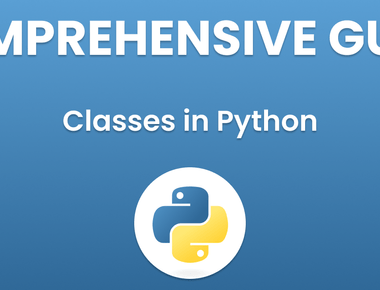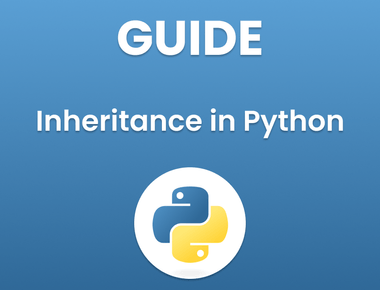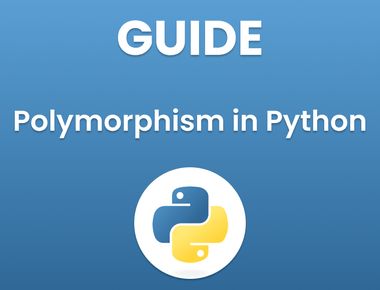Table Of Contents

Python is a widely used programming language that has become increasingly popular over the years. It is a versatile language that can be used for a wide range of tasks, including data entry. However, when working with large data sets, it can be challenging to find specific data entries efficiently. In this article, we will discuss how to skip a specific data entry in Python.
The first step is to understand the data set you are working with. When working with large data sets, it is crucial to have a good understanding of the data’s structure, including its columns and rows. Once you have a good understanding of the data set, you can use Python’s Pandas library to import and manipulate the data.
Using drop() function in Pandas
One way to skip a specific data entry is to use the drop() function in Pandas library. The drop() function allows you to remove a specific row or column from a data set. In this case, we will be removing a row. Here’s an example:
import pandas as pddata = pd.read_csv('data.csv')data = data.drop(data[data['column_name'] == 'specific_value'].index)
In this example, we first import the Pandas library and then read in the data set using the read_csv() function. We then use the drop() function to remove any rows where the ‘column_name’ column contains the value ‘specific_value’.
Using boolean indexing in Pandas
Another way to skip a specific data entry is to use boolean indexing in Pandas library. Boolean indexing allows you to filter a data set based on a specific condition. Here’s an example:
import pandas as pddata = pd.read_csv('data.csv')data = data[data['column_name'] != 'specific_value']
In this example, we first import the Pandas library and then read in the data set using the read_csv() function. We then use boolean indexing to filter out any rows where the ‘column_name’ column contains the value ‘specific_value’.
Using a for loop to iterate
It is also possible to skip a specific data entry by using a for loop to iterate through the data set and skip any rows that match a specific condition.
Here’s an example:
import pandas as pddata = pd.read_csv('data.csv')for index, row in data.iterrows():if row['column_name'] == 'specific_value':continue# do something with the row
In this example, we first import the Pandas library and then read in the data set using the read_csv() function. We then use a for loop to iterate through the data set, and if a row matches a specific condition, we use the continue keyword to skip the row.
Conclusion
In conclusion, there are several ways to skip a specific data entry in Python when working with large data sets. The most efficient method depends on the structure of the data set and the specific task you are trying to accomplish. By understanding the data set’s structure and using the appropriate method, you can efficiently skip a specific data entry and manipulate your data as needed.
Subscribe to our newsletter!
Quick Links
Legal Stuff
Social Media







